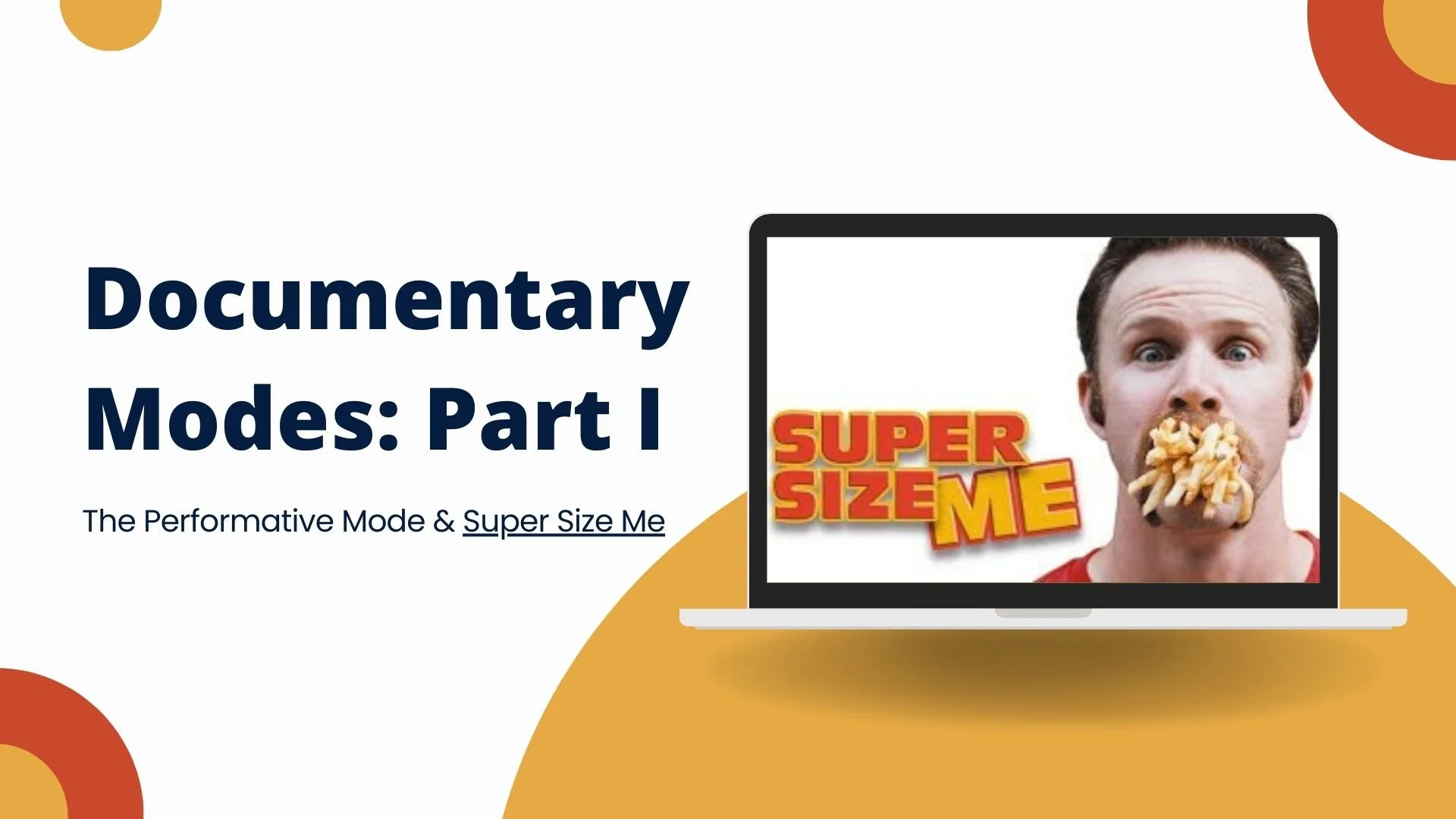The Documentary Modes: Part III
In the third and concluding presentation in our Documentary Modes series, we explore the Participatory Mode. We will analyze Michael Moore’s 2002 film "Bowling for Columbine," where the filmmaker's presence and perspective shape the narrative, inviting audiences to grapple with complex ethical questions and differing viewpoints. Through scene analysis and discussion, we'll unravel the role of the interviewer, the impact of leading questions, and the blurred lines between truth and opinion in documentary storytelling.
Together, we confront fundamental questions about the role of the filmmaker as a character within the narrative. Drawing on insights from renowned film scholar Bill Nichols, we dissect the key characteristics of the Participatory Mode, where the filmmaker's presence is not just acknowledged but actively engaged with, shaping the audience's perspective and guiding their interpretation of events.
As we unravel Moore's filmmaking techniques, we confront uncomfortable truths about the blurred lines between fact and opinion, challenging students and audiences to reconsider their perceptions of reality and the responsibilities of documentary filmmakers in shaping public discourse.
Through analysis and lively discussion, we navigate the moral dilemmas that permeate participatory filmmaking, ultimately prompting audiences to grapple with the larger societal issues at the heart of documentaries like "Bowling for Columbine."
Clip of "Bowling For Columbine" is used for educational, fair use purposes, no copyright infringement intended.

